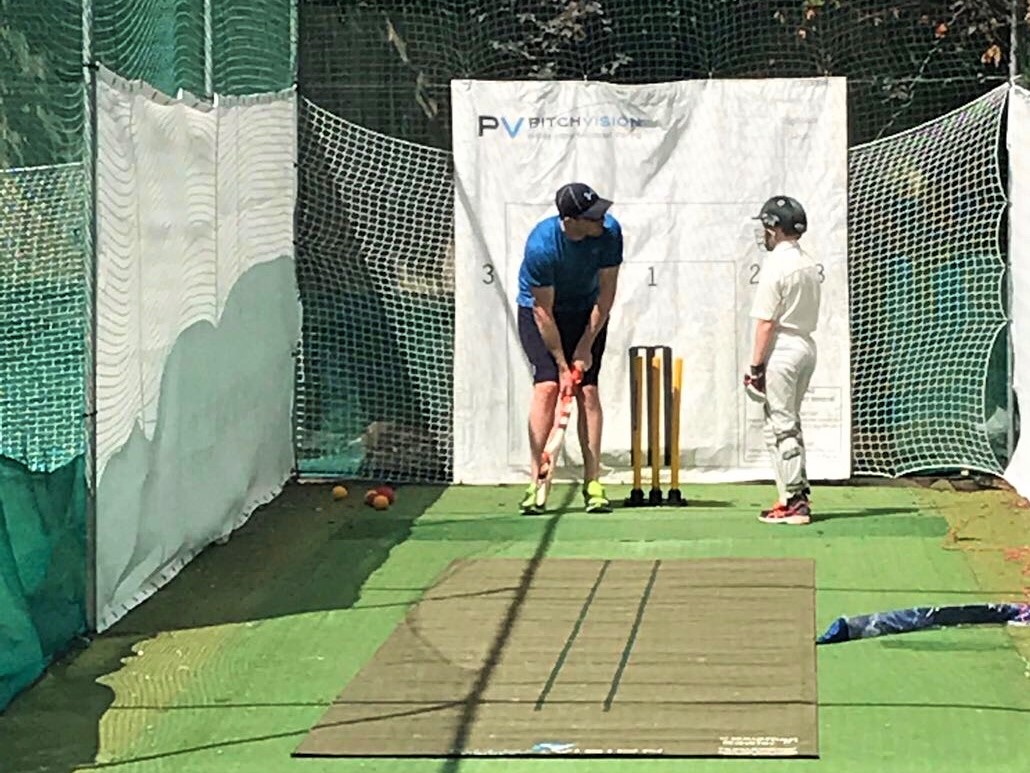|
 Want to be a cricketer? You have the choice. Want to be a cricketer? You have the choice.
It's surprising to me how often I have to remind the players I coach: The more you put in, the more you get out.
Let me give you an example.
Middle practice is a powerful training tool that is realistic and effective. It's proven to work. However, unlike nets it requires a bit more work and commitment. You have to field with intensity. You bowl less and probably bat less too. The advantage is you can practice things you can't do well in nets, like rotating the strike.
Yet, whenever I put on a middle practice, there is a variety of responses.
Some players get on with it, focus on the task and try to learn something new.
Others find excuses not to join in, or do it in a half-hearted way.
A couple even vocally state what a "waste of time" it is. One year I had a player storm out of training and go home because he wanted a net rather than middle practice.
Trying always works
We can argue about the details of middle practice and if it is "right" or not. One thing we can't argue about is this; trying your best always works.
If you put in full effort you will learn something, no matter what the practice. It's all about your attitude. Go into practice with a focus on something you want to develop then try to develop it.
Your efforts might fail, but as we know, failure is an essential part of the learning process. You can't progress unless you have learned through failure. So get learning and get stuck in.
Ask yourself what the alternative is: To complain will get no nowhere. To put in low effort or leave the session is no help to you. Even your favourite pet practice needs a rest now and again.
So, why not get stuck into the practice that is on instead?
At least you give yourself a chance for success.
Sometimes it's not about you
Mainly, practice is about improving your game. I think we can agree on that.
But cricket is still a team game too.
Sometimes you have to do things for the team. Sometimes you have to field and not touch many balls in a game. Sometimes you have to motivate yourself and others when things are not going your way.
Ask yourself how you respond in moments like this.
It tells you something about your character.
Do you suck it up, make the best of it and try and help others along the way?
Or do you complain and not try very hard, making it easy for the batsman to pick up singles against your fielding?
It stems back to your choices.
If you commit to the session you will get something out of it. Even if you don't get anything, someone else on your team will.
If you are a fast bowler, you want the best batsmen in your team to reduce the amount of work you have to do to win the match...
If you're a batsman you want your fielding team mates to save runs and help your glorious hundred look even better...
Don't you?
Discuss this article with other subscribers
|

.jpg)
.jpg)


.jpg)
.jpg)
